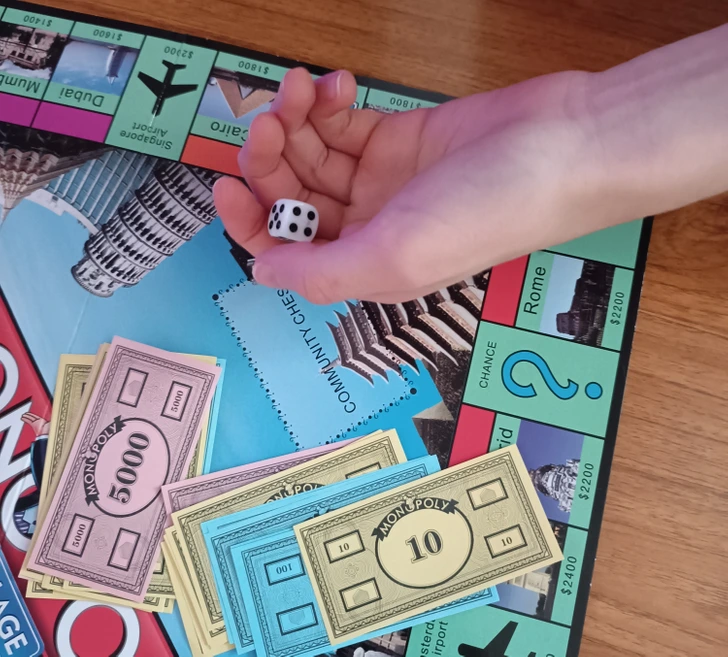
Raising a teen comes with plenty of challenges, but teaching them about money? That’s a whole new level of patience. Between impulse buys, social pressure, and the constant battle over “wants” vs. “needs,” it’s easy for money talk to turn into a shouting match. But here’s the truth: the sooner teens learn how to manage money, the more confident and independent they’ll become.
You don’t need a finance degree or a fancy app. You just need a plan—and a lot of real-world practice.
Video:
Money Tips for Teens
Create a Structured Pocket Money System
Let’s face it—teens want stuff. Clothes, gadgets, concert tickets, fast food—it never ends. But when income is limited, it’s the perfect setup for teaching budgeting basics.
Start by giving a fixed allowance. It can be weekly or monthly. Some parents tie it to chores, while others don’t. Either way, the key is consistency. Let them know what their allowance covers—whether it’s snacks, entertainment, or even school supplies.

Here’s a clever idea from one parent: when their teen demanded payment for chores, they flipped the script. They calculated the value of cooking, laundry, and cleaning, then asked the teen to pay them. It didn’t take long for the teen to rethink the deal.
Let Them Shop for Their Own Wardrobe
Nothing sparks an argument faster than clothes shopping. Teens want trend. Parents want value. The solution? Give them a clothing budget and step back.

Start with basics—maybe a set amount for back-to-school outfits. Then let your teen make the calls. They’ll learn quickly that one name-brand hoodie might wipe out the whole budget. If they blow it all on shoes and can’t afford jeans, let them live with that decision. These mistakes are cheap now—and golden later.
Teach Budgeting With the 50/30/20 Rule
Once your teen has a source of income, whether from allowance, a part-time job, or holiday gifts, it’s time to introduce real budgeting.
Use the 50/30/20 rule:
- 50% for needs (transport, school fees, essentials)
- 30% for wants (snacks, movies, shopping)
- 20% for savings
Video: How To Manage Your Money (50/30/20 Rule)
Break it down together. What really qualifies as a “need”? Do they need a $120 pair of sneakers? This is where real lessons begin. Make it visual—create charts, use apps, or even track it on paper. The more hands-on, the better.
Create a Savings Goal That Motivates Them
Let’s be honest—saving for college sounds too far off to excite most teens. But saving for a concert ticket? A gaming console? A spring break trip? That’s something they’ll get behind.
Help them pick a short-term goal and calculate how much they need to save each week. Watching their own progress builds excitement—and teaches discipline without being dull.

Want to make it stick? Set up a separate savings account they can’t easily tap into. Out of sight, out of temptation.
Delay Gratification: The Power of Waiting
Impulse buys are a teen’s best friend. But learning to wait? That’s a life skill.
Next time your teen wants to splurge, ask them to wait a few days. Often, the excitement wears off, and the “must-have” fades. If they still want it, they’ll think harder before parting with their cash.
Make it a rule: for any big-ticket item, wait at least a week. And if they still want it, let them use their own money. You’ll be amazed at how differently they evaluate the purchase.

Let Them Plan—and Learn From—Their Own Mistakes
It’s hard to watch your kid mess up with money—but those flops can be the best teachers.
Give them a real-life project, like planning their birthday with a set budget. Let them decide how much goes to food, games, or decorations. If they blow it on pizza and have nothing left for dessert, well—that’s part of the lesson.
Even small challenges like comparing grocery prices or managing utility usage at home can teach practical money habits. Bonus tip: let them keep any money they save as a reward.

Use Games and Apps to Build Financial Skills
Money lessons don’t have to be boring. Games like Monopoly, Life, or digital apps like Greenlight or GoHenry introduce key concepts like saving, spending, and investing.
For younger teens, gamifying the experience helps make it stick. You’re not just teaching dollars and cents—you’re teaching confidence.

Use Loans to Teach Accountability
Here’s one that works wonders: lend your teen money—with conditions. If they want something big and don’t have enough, step in as the “bank.” Set up a repayment plan. Charge interest if you’re feeling extra bold.
This teaches them that money borrowed is money owed. And it’s a great segue into larger conversations about borrowing, interest, and financial responsibility among friends and family.

You can’t control every financial choice your teen makes—but you can help them make smarter ones. Give them room to try, fail, and figure it out. Celebrate their wins. Talk through their mistakes. And most importantly, let money be a conversation—not a lecture.
The goal isn’t to raise a financial wizard. It’s to raise a thoughtful, independent young adult who knows that every dollar has a job—and every choice has a consequence.


